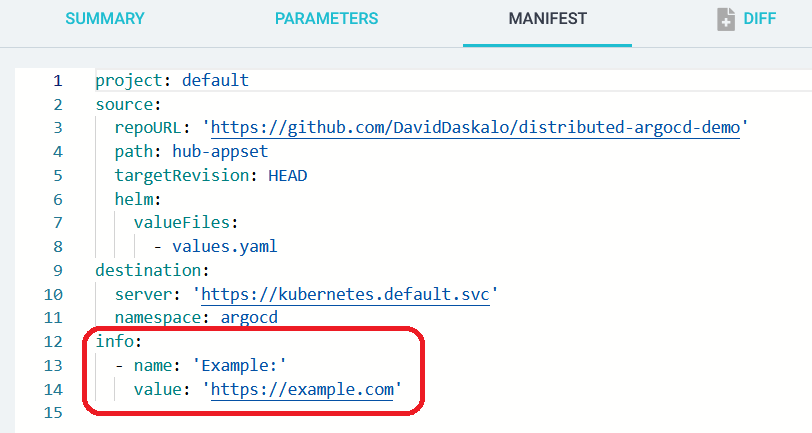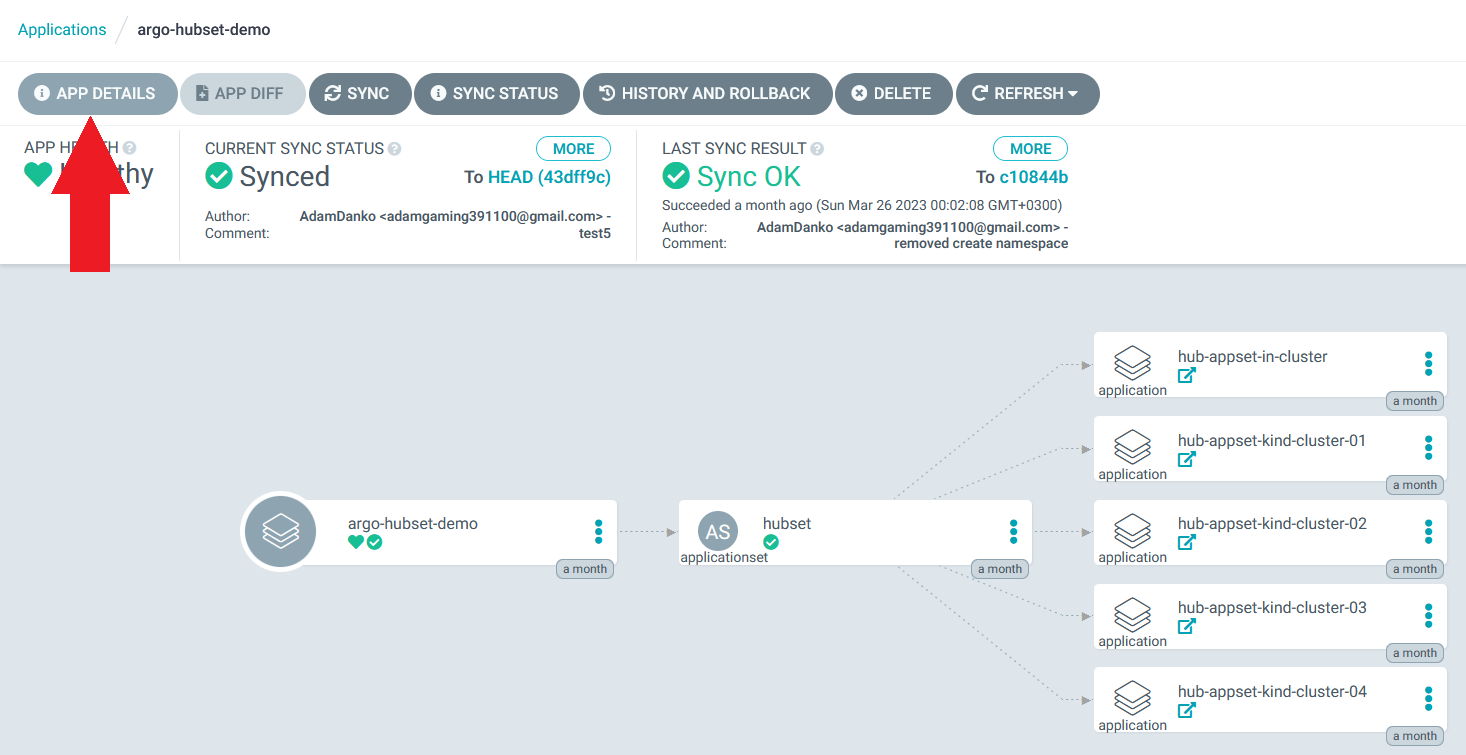Top 7 Industries Perfect for Xtra.info Domain
The xtra.info domain name instantly communicates your commitment to providing additional, valuable information. Here are the industries that benefit most:
- News and Media Platforms - Perfect for breaking news sites and investigative journalism
- Data Analytics Companies - Ideal for businesses offering extra insights and data visualization
- Educational Resources - Great for online learning platforms and research databases
- Financial Information Services - Excellent for market analysis and investment research sites
- Technology Documentation - Perfect for API docs, software guides, and tech resources
- Healthcare Information Portals - Ideal for medical research and health awareness platforms
- Real Estate Data Services - Great for property information and market analysis sites



